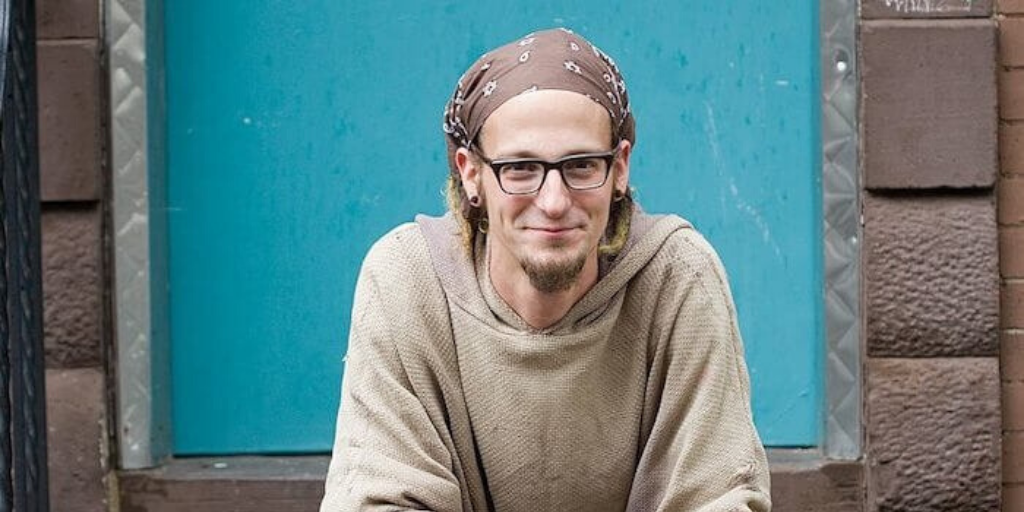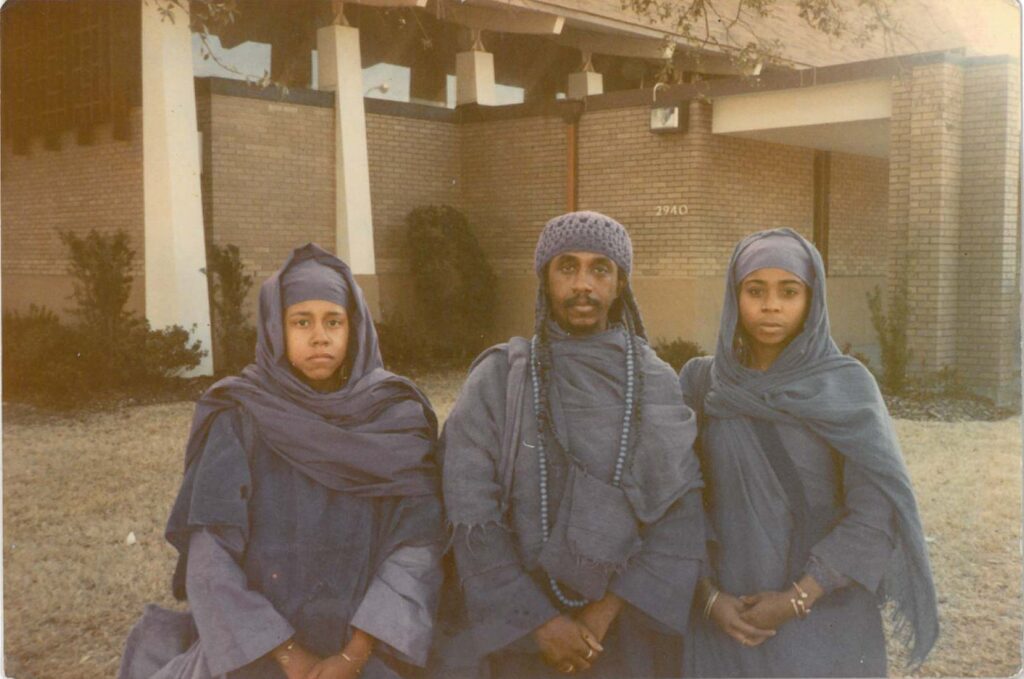A modern Christian movement emphasizing communal living, social justice, and spiritual disciplines inspired by early monastic traditions.
Religion: Christianity
Founded: Late 20th century
Location: United States
New Monasticism represents a diverse and modern approach to Christian monastic life, aiming to integrate ancient contemplative practices with contemporary societal values. This movement is not confined to a specific religious denomination or traditional monastic vows but is characterized by a rich variety of expressions and communities that share common values and aspirations.
In contrast to historical monastic communities, New Monastic communities do not withdraw from society, but instead pursue a contemplative life by placing themselves in close proximity to those in need. The movement is underpinned by the following “Twelve Marks of New Monasticism”:
- Relocation to the abandoned places of Empire.
- Sharing economic resources with fellow community members and the needy among us.
- Hospitality to the stranger.
- Lament for racial divisions within the church and our communities combined with the active pursuit of a just reconciliation.
- Humble submission to Christ’s body, the church.
- Intentional formation in the way of Christ and the rule of the community along the lines of the old novitiate.
- Nurturing common life among members of intentional community.
- Support for celibate singles alongside monogamous married couples and their children.
- Geographical proximity to community members who share a common rule of life.
- Care for the plot of God’s earth given to us along with support of our local economies.
- Peacemaking in the midst of violence and conflict resolution within communities along the lines of Matthew 18.
- Commitment to a disciplined contemplative life.
Distinct from traditional Christian monastic movements, New Monasticism often does not require vows of celibacy, poverty, and obedience in the conventional sense. Instead, it emphasizes geographic proximity and community life, allowing for the inclusion of married couples. This flexibility and openness extend to the movement’s approach to religious attire, with many communities not adopting specific religious habits.
Significant figures like Bede Griffiths and Raimon Panikkar have contributed to the movement’s philosophical underpinnings, envisioning a monastic life that is essentially lay in calling and inclusive of all, regardless of their state in life. This vision encourages individuals to live spiritually fulfilling lives outside traditional religious institutions, embracing a freedom of conscience and the guidance of the Holy Spirit.
One key characteristic of New Monasticism is its response to contemporary societal issues, such as inclusivity and the acceptance of LGBT individuals. Figures like Adam Bucko advocate for a monasticism that embraces intimate relationships and recognizes the sacredness of the human body and desires. The movement aims to create inclusive communities that support individuals in exploring their spiritual callings, regardless of gender, sexual orientation, or marital status.
The movement also embodies an interspiritual dimension, drawing from the wisdom of various religious traditions to form a unified spiritual practice. This approach is inspired by leaders like Father Thomas Keating and Brother Wayne Teasdale, fostering partnerships between young spiritual leaders, social activists, and traditional monastics.
image via Guy Kawasaki




